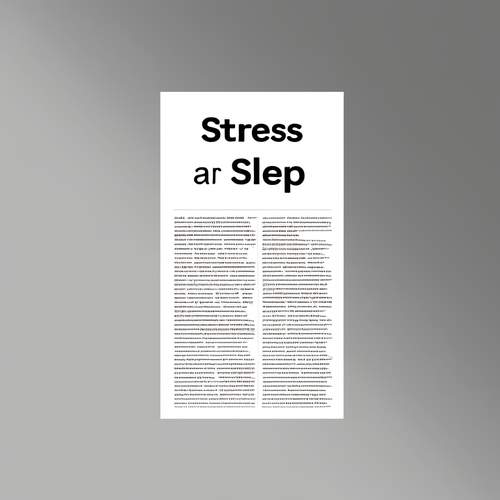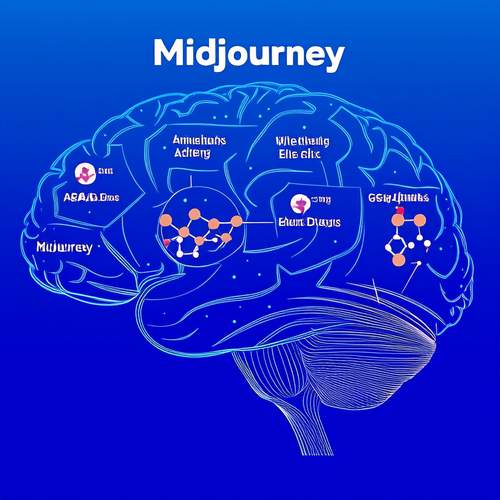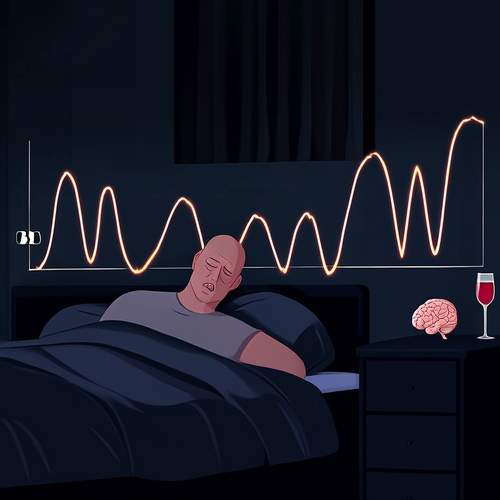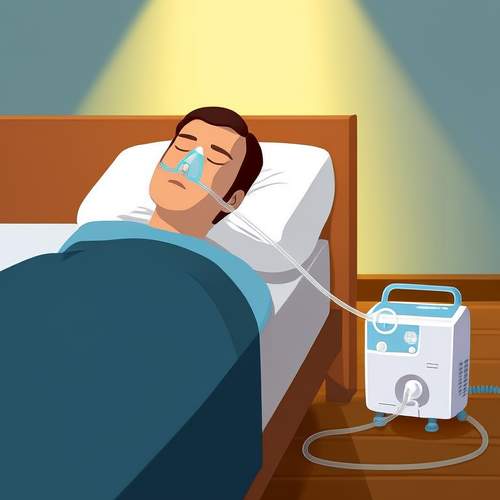Sleep Apnea: The Silent Disruptor of Restful Nights
Sleep apnea is a common yet often undiagnosed sleep disorder that affects millions of people worldwide. Characterized by repeated interruptions in breathing during sleep, this condition can lead to fragmented rest and a host of health complications. Despite its prevalence, many individuals remain unaware they suffer from it, attributing their daytime fatigue to stress or poor sleep habits. The consequences of untreated sleep apnea extend far beyond tiredness, impacting cardiovascular health, cognitive function, and overall quality of life.
The most prevalent form, obstructive sleep apnea (OSA), occurs when throat muscles relax excessively during sleep, causing airway blockage. Central sleep apnea, less common but equally concerning, involves the brain failing to send proper signals to the muscles that control breathing. Some individuals experience complex sleep apnea syndrome, a combination of both types. Regardless of the variety, the result is the same: oxygen deprivation that triggers brief awakenings throughout the night, often so fleeting the sleeper remains unaware of them.
Recognizing the symptoms of sleep apnea can be challenging, as they frequently develop gradually. Loud snoring, often dismissed as a mere nuisance, may actually serve as a warning sign. Partners typically notice episodes where breathing stops and starts abruptly. Sufferers themselves might wake with a dry mouth, experience morning headaches, or struggle with excessive daytime sleepiness that makes concentrating difficult. Irritability and mood changes are common, as the constant sleep interruptions take their toll on emotional regulation.
The health risks associated with untreated sleep apnea are substantial and far-reaching. The repeated drops in blood oxygen levels strain the cardiovascular system, increasing the likelihood of high blood pressure, heart disease, and stroke. Type 2 diabetes risk escalates due to the body's impaired ability to regulate glucose. The chronic sleep deprivation component contributes to metabolic disorders and weight gain, creating a vicious cycle as excess weight worsens sleep apnea symptoms. Cognitive decline and memory problems may develop over time, while the daytime fatigue raises accident risks, particularly behind the wheel.
Diagnosis typically involves a sleep study, either conducted in a specialized lab or through home testing equipment. These studies monitor breathing patterns, oxygen levels, heart rate, and brain activity during sleep. The results help specialists determine the presence and severity of sleep apnea, guiding treatment decisions. While the prospect of a sleep study might seem daunting, modern technology has made the process more comfortable and accessible than ever before.
Treatment approaches vary depending on the severity and type of sleep apnea. Continuous positive airway pressure (CPAP) therapy remains the gold standard for moderate to severe cases, using gentle air pressure to keep airways open throughout the night. While some users initially find the mask uncomfortable, technological advancements have led to quieter machines and more comfortable interfaces. For those who cannot tolerate CPAP, alternative options include oral appliances that reposition the jaw or surgical interventions to remove excess tissue obstructing the airway.
Lifestyle modifications play a crucial role in managing sleep apnea, particularly for mild cases. Weight loss can significantly reduce symptoms for overweight individuals, as excess tissue in the neck area contributes to airway obstruction. Avoiding alcohol and sedatives before bedtime helps prevent excessive throat muscle relaxation. Changing sleep position from back to side can alleviate symptoms for some, as gravity's effect on throat tissues diminishes in this orientation. Establishing consistent sleep routines and creating an optimal sleep environment further support better breathing during rest.
The impact of successful treatment can be life-changing. Patients often report dramatic improvements in energy levels, mental clarity, and overall mood within days of starting therapy. Relationships frequently benefit as snoring ceases and both partners achieve more restful sleep. The reduced strain on the cardiovascular system lowers risks for serious health complications, while improved sleep quality enhances immune function and metabolic processes. Many treated individuals describe feeling like they've regained years of their lives, finally understanding what truly restful sleep feels like.
Emerging research continues to shed light on sleep apnea's broader implications. Studies suggest connections between untreated sleep apnea and Alzheimer's disease progression, possibly due to the cumulative effects of oxygen deprivation on brain tissue. The relationship between sleep apnea and mental health disorders like depression and anxiety is gaining increased attention. Technological innovations are making treatment more comfortable and effective, with developments like auto-adjusting CPAP machines and implantable nerve stimulators showing promise.
Public awareness remains a significant challenge in addressing sleep apnea effectively. Many healthcare providers now include sleep questionnaires as part of routine physicals, helping identify at-risk individuals earlier. Educational campaigns aim to dispel the misconception that loud snoring is harmless, encouraging those with symptoms to seek evaluation. Workplace wellness programs increasingly incorporate sleep health components, recognizing the productivity and safety implications of untreated sleep disorders.
For those suspecting they might have sleep apnea, taking action is crucial. Speaking with a primary care physician represents the first step toward diagnosis and treatment. Support groups and online communities provide valuable insights from others navigating similar challenges. While adjusting to treatment may require patience, the potential benefits for health, relationships, and quality of life make the effort worthwhile. In the realm of sleep disorders, sleep apnea stands out as both highly treatable and dangerously overlooked, making awareness and proactive management essential for long-term wellbeing.

By /May 22, 2025

By /May 22, 2025

By /May 22, 2025

By /May 22, 2025

By /May 22, 2025

By /May 22, 2025

By /May 22, 2025

By /May 21, 2025

By /May 21, 2025

By /May 21, 2025

By /May 21, 2025

By /May 21, 2025

By /May 21, 2025

By /May 21, 2025

By /May 21, 2025

By /May 21, 2025

By /May 21, 2025